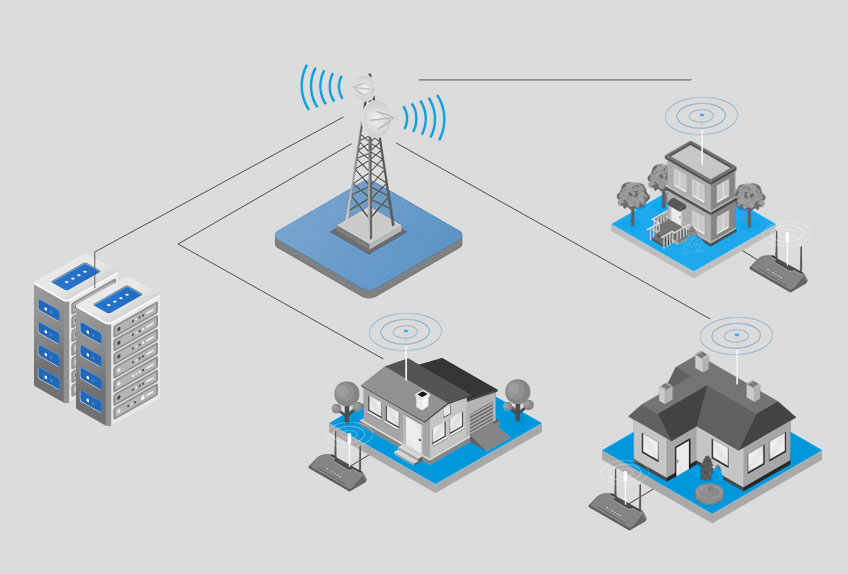Understanding CBRS
Citizens Broadband Radio Service or CBRS is a Federal Communications Communication (FCC) designated band of radio-frequency that operates from3550MHz to 3700MHz. CBRS is built within the 150MHz and is meant to be shared among three tiers of users: Incumbent users, Priority Access License users (PAL) and General Authorized Access users (GAA). Commonly referred to as “3.5G” this was done to allow additional spectrum for new users.
Understanding the 3 tier user structure for CBRS
Citizens Broadband Radio Service spectrum is open for 3 user types and these users operate under strict licensing and guidelines.
- Incumbent users: This user group consists of the Navy and Satellite stations, this group historically have been the sole users for the frequency band until now
- Priority Access License users: These are organizations and ISPs who have purchased the license in the CBRS PALs auction.
- General Authorized Access users: These consists of the unlicensed spectrum that a user can access for free
This sharing of spectrum among 3 users needs to be managed efficiently and ensuring zero interference is critical and to ensure that FCC (Federal Communications Commission) requires the use of SAS (Spectrum Access System) to dynamically manage the spectrum requirements among the 3 user groups with the highest priority to the incumbents. Currently, the US government and FCC have allowed 5 designated SAS administrators; Google, Commscope, Federated Wireless, Sony, and Amdocs.
How does Spectrum Access Service work?
SAS administrators have a supercritical role in managing the shared spectrum while ensuring zero interference amongst the users. They do this through a cloud-based SAS database. So any device that needs to use the CBRS band will have to send a request to SAS to reserve an unused channel in a particular area. The access is granted or denied basis the availability of free spectrum during that time for that geographical area. Once the request is accepted, the user will require Citizens Broadband Radio Services Devices (CBSDs) which are registered to the SAS to finally be able to access the spectrum.
How CBRS is creating new possibilities in wireless connectivity?
Any large enterprise organization faces an uphill task when it comes to increasing wireless connectivity within their premises. Previously, the only solution available to them was 4G and Wi-Fi. 4G isn’t always cheap or ideal to handle a large amount of data and Wi-Fi is highly susceptible to interference and security breaches. With CBRS these organizations will be able to set up their own 4G and 5G networks to manage any amount of heavy data load or requirement without any hassle in a way more cost-effective manner. ISPs and carriers will immensely benefit from using the CBRS spectrum to improve the coverage and capacity of their 4G LTE and 5G capabilities. CBRS is also expected to replace the last-mile fiber access for a lot of the carriers.
The applications and use of the CBRS spectrum are continuously evolving and bringing in radical innovations in wireless connectivity. We at Kaytech coverage pride in being at the forefront of new technology adoption, if you want to know more and consult with our experts on CBRS please write to us at sales@ktcoverage.com or visit www.ktcoverage.com to learn more about us.


